Now that the dust is starting to settle on dairy co-ops’ 2022 earnings season, it is time for a quick look back at what we learned, to assess the health of the sector, and to round up what the sector’s leaders think might be coming next.
On the performance in the year, Figures 1 and 2 tell the story of what indeed was a unique year. Inflation saw a surge in turnover, with both prices paid to and costs borne by processors surging during the year. Profits after tax at the co-ops did increase by 16% across the group in 2022, but as this was achieved on a 39% increase in turnover, there was obviously pressure on margins during the year.
In fact, profit after tax as a percentage of turnover across the industry fell from 1.8% in 2021 to 1.5% last year.
During earnings season this year, the Irish Farmers Journal sat down with the CEOs of Tirlán, Dairygold, Lakeland, Aurivo, Carbery and Arrabawn.
The message across the board was the same – 2022 was a unique year.
In many ways, it was also a year of two halves, starting relatively slowly both on price and milk supply front before the surge in demand and prices took hold in the second half.
The processors managed to negotiate the difficulties posed by the volatility, while farmers did their best to milk on as late into the year as possible.
The problem, though, with a “unique” year is that it is very hard to learn anything from it, or to see anything in it as a guide to the future.
But, as Ornua CEO John Jordan said, 2022 was a unique year on the back of 2021, which was a unique year due to the supply-chain crisis, which followed a unique 2020 due to the Covid-19 lockdowns. Clearly, unique years have been very common lately.
There was one thing in the year which we might look back on in 10 or 20 years’ time and say “there was a turning point here” and that was in milk supply volumes.
Farmers only sent an extra 25m litres of milk to processors last year, an increase of a tiny 0.3%. Coming after a decade of strong post-quota growth in supplies, 2022 may well be the year where Irish farm milk production peaked.
Challenges
Looking ahead to the regulatory and environmental challenges farmers face, it is easy to see that maybe a peak could be in or close.
Talking to the processors, it is also clear that they see that peak being close.
In talking about their ambitions for the future, the leaders of the co-ops mention the need to “increase efficiencies” and “concentrate on expanding higher-value businesses” with some, such as Jim Bergin at Tirlán and Conor Galvin at Dairygold, saying they are on the acquisition trail, looking for high-margin targets which would complement the talent and skills already in their co-ops.
That is not to say there is no interest in expanding milk intake anywhere.
Tirlán is welcoming new suppliers this year.
Arrabawn in Tipperary is looking to continue increasing its intake to reach the 600m-litre capacity at its main processing facility in Nenagh – implying a 70m litre increase from what it processed in 2022. That alone would be almost three times the total national increase to the main co-ops last year.
Continued uncertainty
Tirlán’s Bergin also pointed to the continued uncertainty caused by the nitrates directive, saying: “In the longer term, we are still not sure what the impact of the nitrates changes will be. Once the picture becomes clearer, farmers will be better positioned to make decisions on production.”
The uncertainty among industry leaders about milk production is even more pronounced in their outlook for milk prices.
Many of them spoke of a “hope” that prices were close to the bottom, while not being particularly bullish about the outlook for the rest of the year.
Every prediction on future prices came heavily caveated with “as-we-learned-last-year”, but generally coalesced around an outlook that can basically be outlined as: a c/l base price in the high 30s is probably what the bottom looks like, but there will probably be a long time before prices move higher again. Nobody we spoke to saw any sign of prices ever coming back to the highs of 2022.
After all, that was a unique year.
Conor Galvin, Dairygold: “We are seeing a very thin market which makes it hard to read, but should the supply and demand imbalance be corrected, there are reasons to be optimistic for the second half of the year.”

Conor Galvin.
Colin Kelly, Lakeland: “My own view is that with milk price cuts so severe, we’ll see a supply correction this year. So I am pretty positive into the end of the year and into 2024.”
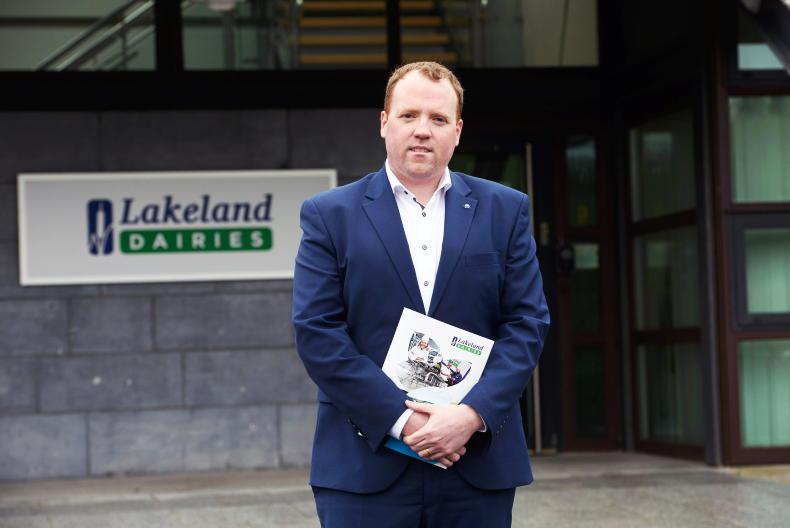
Colin Kelly.
Bernard Condon, Ornua: “We might be close to the bottom in the dairy market.*”
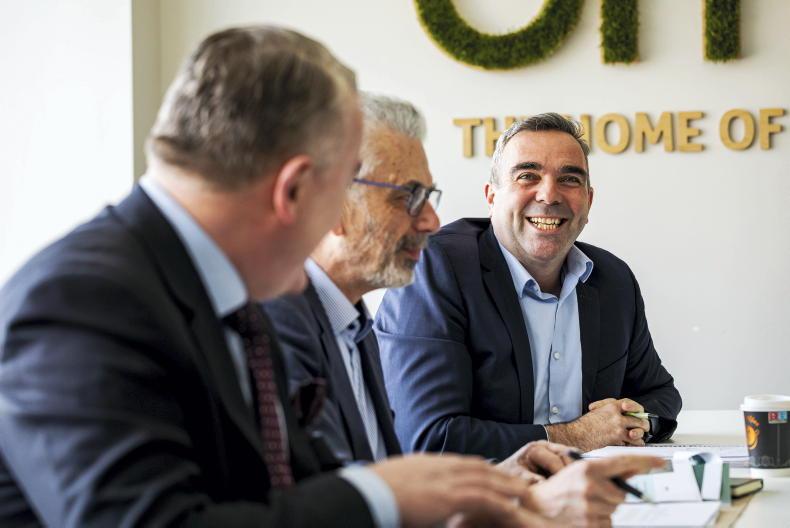
Bernard Condon, far right.
John Jordan,
Ornua: “We expect an improved picture towards the end of the year as global supply reacts to prices.”
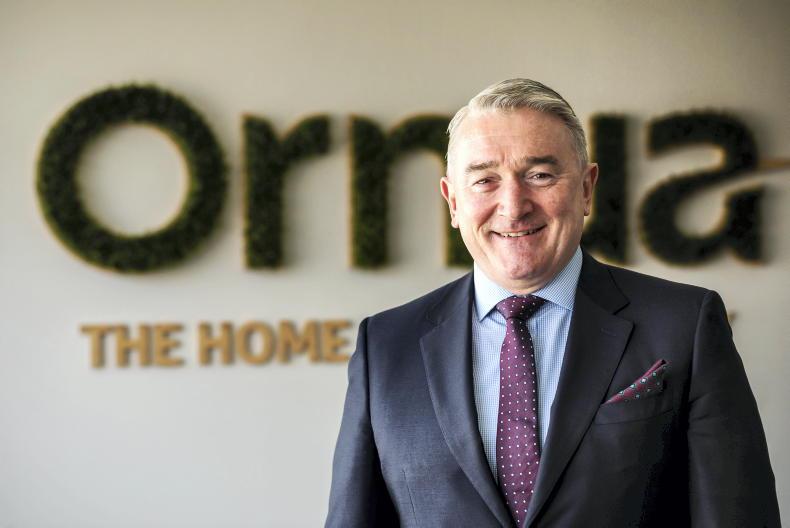
John Jordan.
Donal Tierney, Aurivo: “The simple fact is, at current market prices we are paying too much for milk. However, despite recent reductions I do see the milk price settling at a level above its historical average.”

Donal Tierney.
Conor Ryan,
Arrabawn: “We see price guidance from Ornua’s PPI as in line with where we’re at. It’s very difficult to see when the turn might come as there are so many unknowns.”
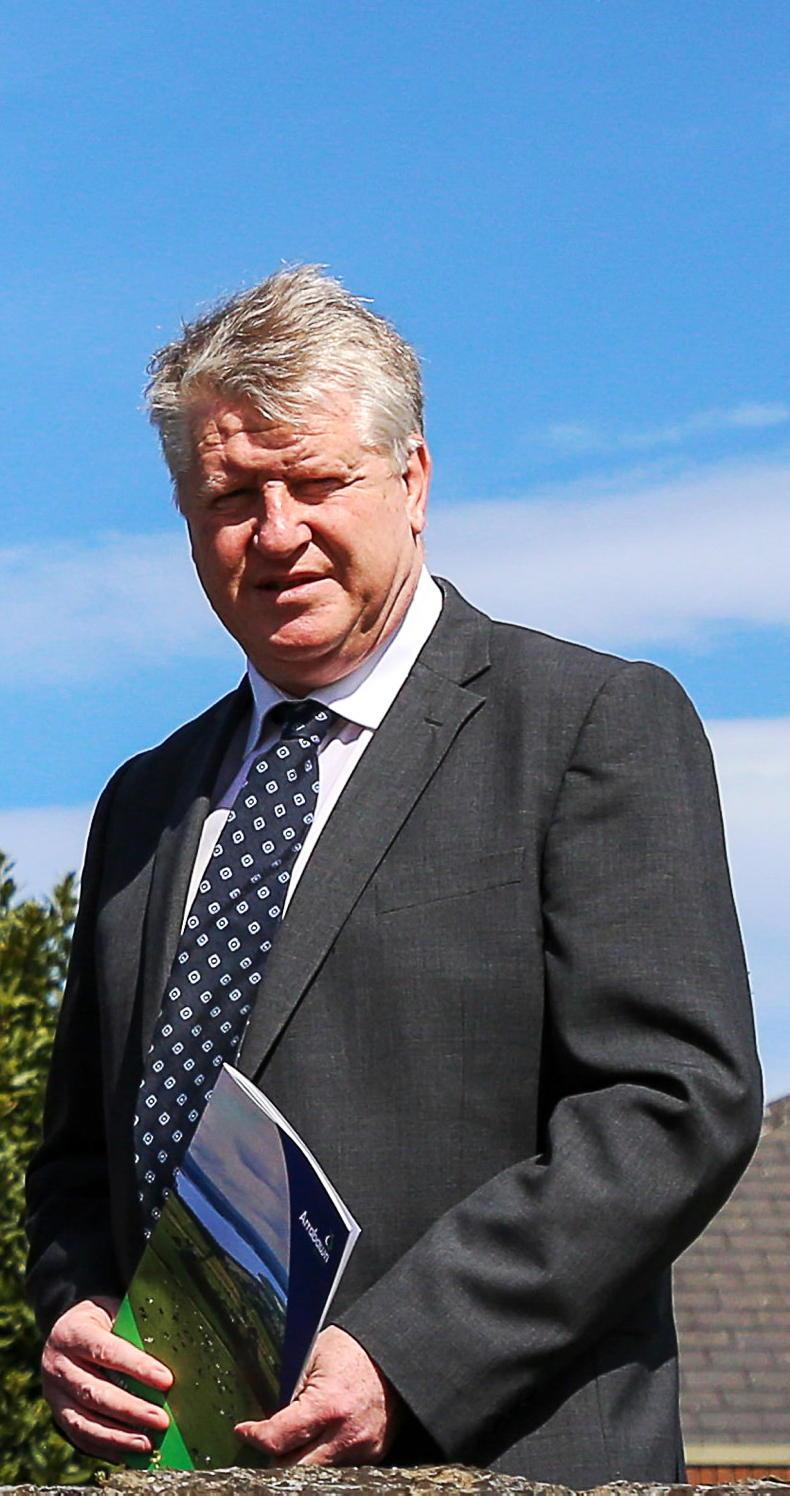
Conor Ryan.
Jason Hawkins,
Carbery: “It’s week to week at the moment as we try to find that bottom [on prices]. In the last few weeks, we are starting to see buyers coming back into the market. I am optimistic in the longer term, towards the end of the year.”
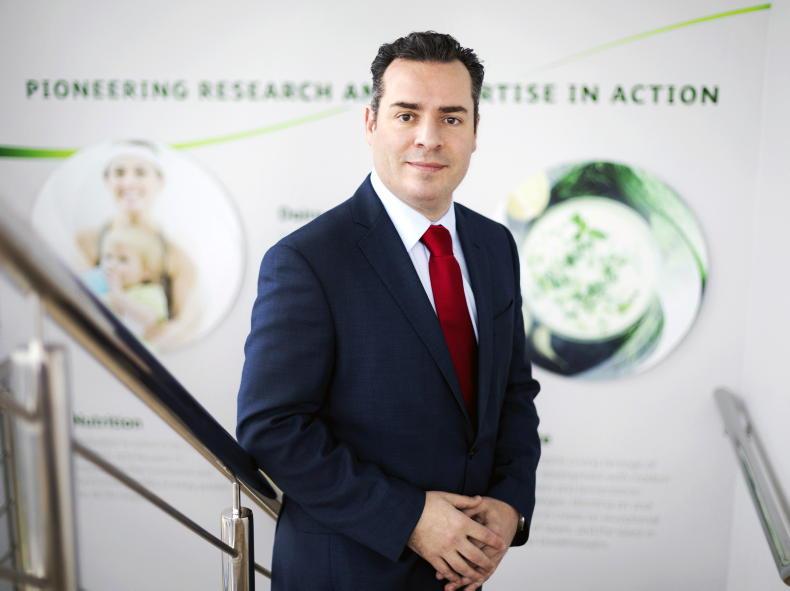
Jason Hawkins.
Jim Bergin, Tirlán: “Our hope is that it is bottoming out. Indications at the moment are that any uptick would come in quarter four. That said, we have to see how the summer plays out.”
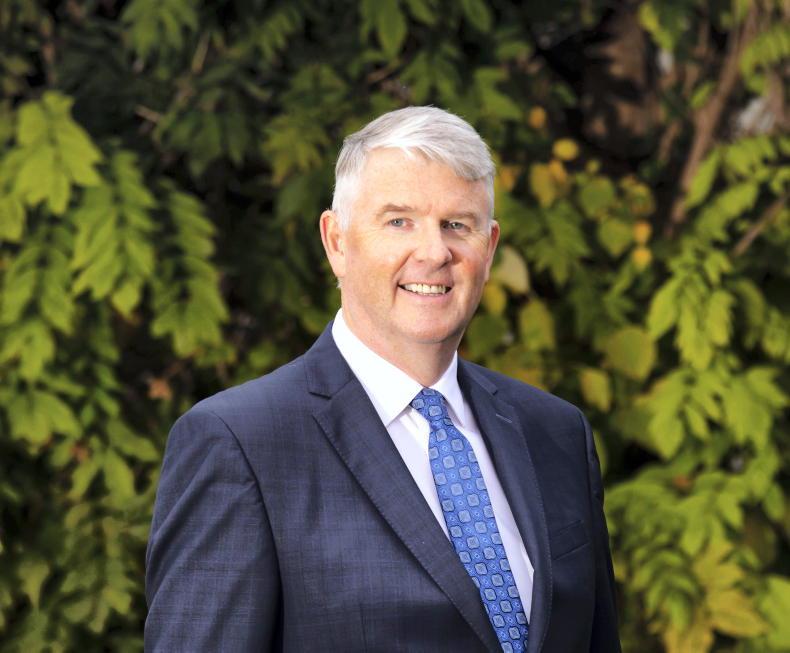
Jim Bergin.
*The Irish Farmers Journal originally reported these comments as referring to milk prices, rather than the dairy market.
Now that the dust is starting to settle on dairy co-ops’ 2022 earnings season, it is time for a quick look back at what we learned, to assess the health of the sector, and to round up what the sector’s leaders think might be coming next.
On the performance in the year, Figures 1 and 2 tell the story of what indeed was a unique year. Inflation saw a surge in turnover, with both prices paid to and costs borne by processors surging during the year. Profits after tax at the co-ops did increase by 16% across the group in 2022, but as this was achieved on a 39% increase in turnover, there was obviously pressure on margins during the year.
In fact, profit after tax as a percentage of turnover across the industry fell from 1.8% in 2021 to 1.5% last year.
During earnings season this year, the Irish Farmers Journal sat down with the CEOs of Tirlán, Dairygold, Lakeland, Aurivo, Carbery and Arrabawn.
The message across the board was the same – 2022 was a unique year.
In many ways, it was also a year of two halves, starting relatively slowly both on price and milk supply front before the surge in demand and prices took hold in the second half.
The processors managed to negotiate the difficulties posed by the volatility, while farmers did their best to milk on as late into the year as possible.
The problem, though, with a “unique” year is that it is very hard to learn anything from it, or to see anything in it as a guide to the future.
But, as Ornua CEO John Jordan said, 2022 was a unique year on the back of 2021, which was a unique year due to the supply-chain crisis, which followed a unique 2020 due to the Covid-19 lockdowns. Clearly, unique years have been very common lately.
There was one thing in the year which we might look back on in 10 or 20 years’ time and say “there was a turning point here” and that was in milk supply volumes.
Farmers only sent an extra 25m litres of milk to processors last year, an increase of a tiny 0.3%. Coming after a decade of strong post-quota growth in supplies, 2022 may well be the year where Irish farm milk production peaked.
Challenges
Looking ahead to the regulatory and environmental challenges farmers face, it is easy to see that maybe a peak could be in or close.
Talking to the processors, it is also clear that they see that peak being close.
In talking about their ambitions for the future, the leaders of the co-ops mention the need to “increase efficiencies” and “concentrate on expanding higher-value businesses” with some, such as Jim Bergin at Tirlán and Conor Galvin at Dairygold, saying they are on the acquisition trail, looking for high-margin targets which would complement the talent and skills already in their co-ops.
That is not to say there is no interest in expanding milk intake anywhere.
Tirlán is welcoming new suppliers this year.
Arrabawn in Tipperary is looking to continue increasing its intake to reach the 600m-litre capacity at its main processing facility in Nenagh – implying a 70m litre increase from what it processed in 2022. That alone would be almost three times the total national increase to the main co-ops last year.
Continued uncertainty
Tirlán’s Bergin also pointed to the continued uncertainty caused by the nitrates directive, saying: “In the longer term, we are still not sure what the impact of the nitrates changes will be. Once the picture becomes clearer, farmers will be better positioned to make decisions on production.”
The uncertainty among industry leaders about milk production is even more pronounced in their outlook for milk prices.
Many of them spoke of a “hope” that prices were close to the bottom, while not being particularly bullish about the outlook for the rest of the year.
Every prediction on future prices came heavily caveated with “as-we-learned-last-year”, but generally coalesced around an outlook that can basically be outlined as: a c/l base price in the high 30s is probably what the bottom looks like, but there will probably be a long time before prices move higher again. Nobody we spoke to saw any sign of prices ever coming back to the highs of 2022.
After all, that was a unique year.
Conor Galvin, Dairygold: “We are seeing a very thin market which makes it hard to read, but should the supply and demand imbalance be corrected, there are reasons to be optimistic for the second half of the year.”

Conor Galvin.
Colin Kelly, Lakeland: “My own view is that with milk price cuts so severe, we’ll see a supply correction this year. So I am pretty positive into the end of the year and into 2024.”

Colin Kelly.
Bernard Condon, Ornua: “We might be close to the bottom in the dairy market.*”

Bernard Condon, far right.
John Jordan,
Ornua: “We expect an improved picture towards the end of the year as global supply reacts to prices.”

John Jordan.
Donal Tierney, Aurivo: “The simple fact is, at current market prices we are paying too much for milk. However, despite recent reductions I do see the milk price settling at a level above its historical average.”

Donal Tierney.
Conor Ryan,
Arrabawn: “We see price guidance from Ornua’s PPI as in line with where we’re at. It’s very difficult to see when the turn might come as there are so many unknowns.”

Conor Ryan.
Jason Hawkins,
Carbery: “It’s week to week at the moment as we try to find that bottom [on prices]. In the last few weeks, we are starting to see buyers coming back into the market. I am optimistic in the longer term, towards the end of the year.”

Jason Hawkins.
Jim Bergin, Tirlán: “Our hope is that it is bottoming out. Indications at the moment are that any uptick would come in quarter four. That said, we have to see how the summer plays out.”

Jim Bergin.
*The Irish Farmers Journal originally reported these comments as referring to milk prices, rather than the dairy market.












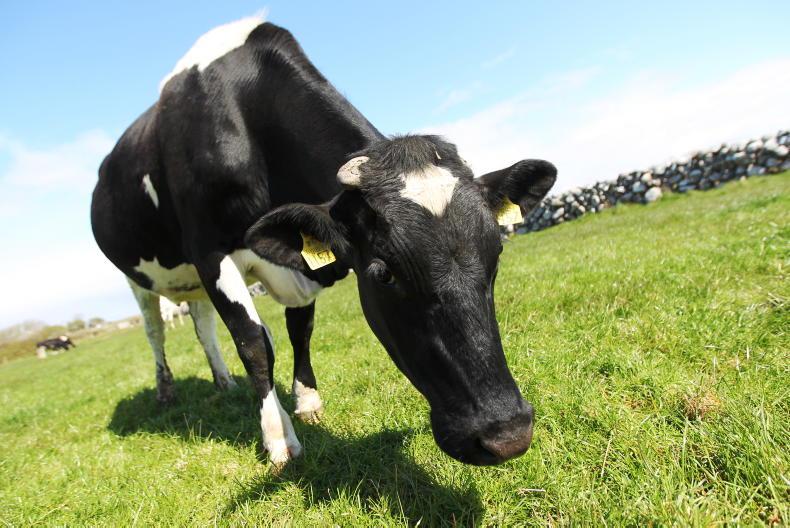
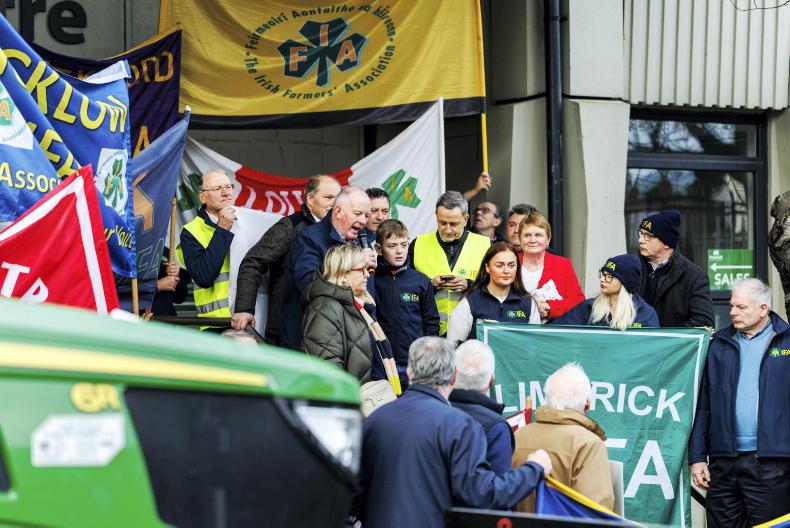

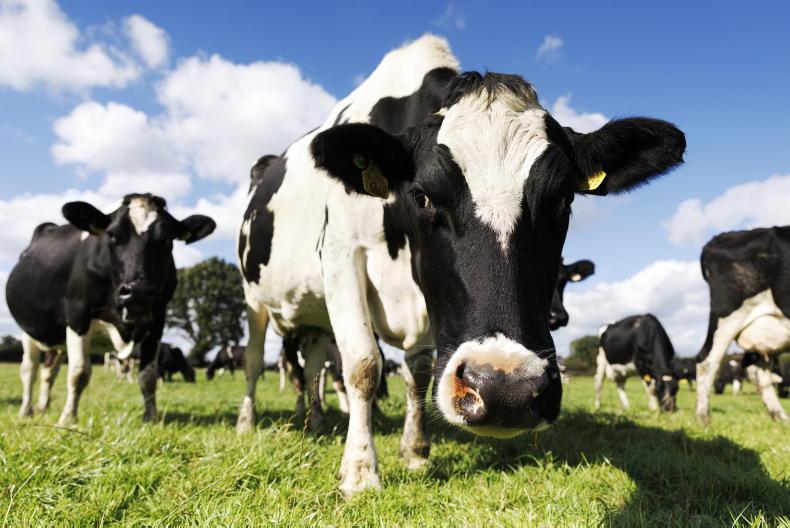

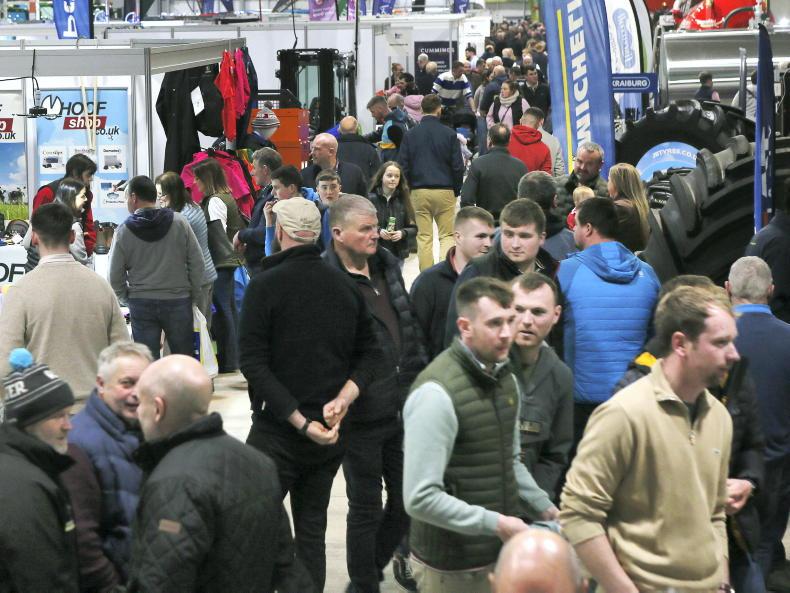
SHARING OPTIONS